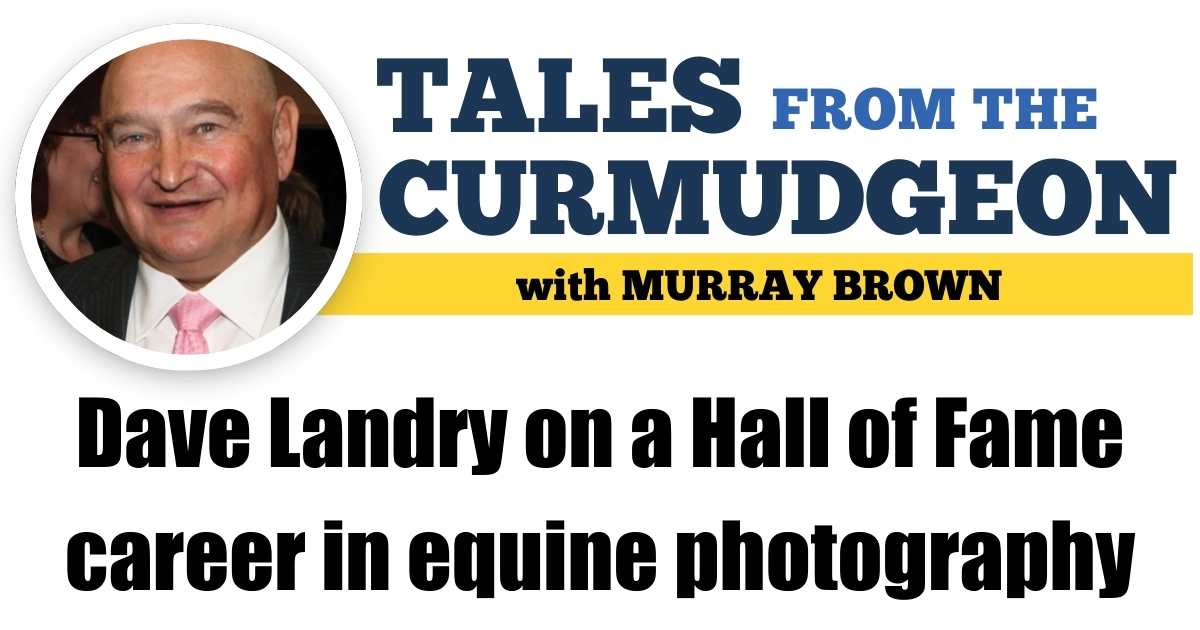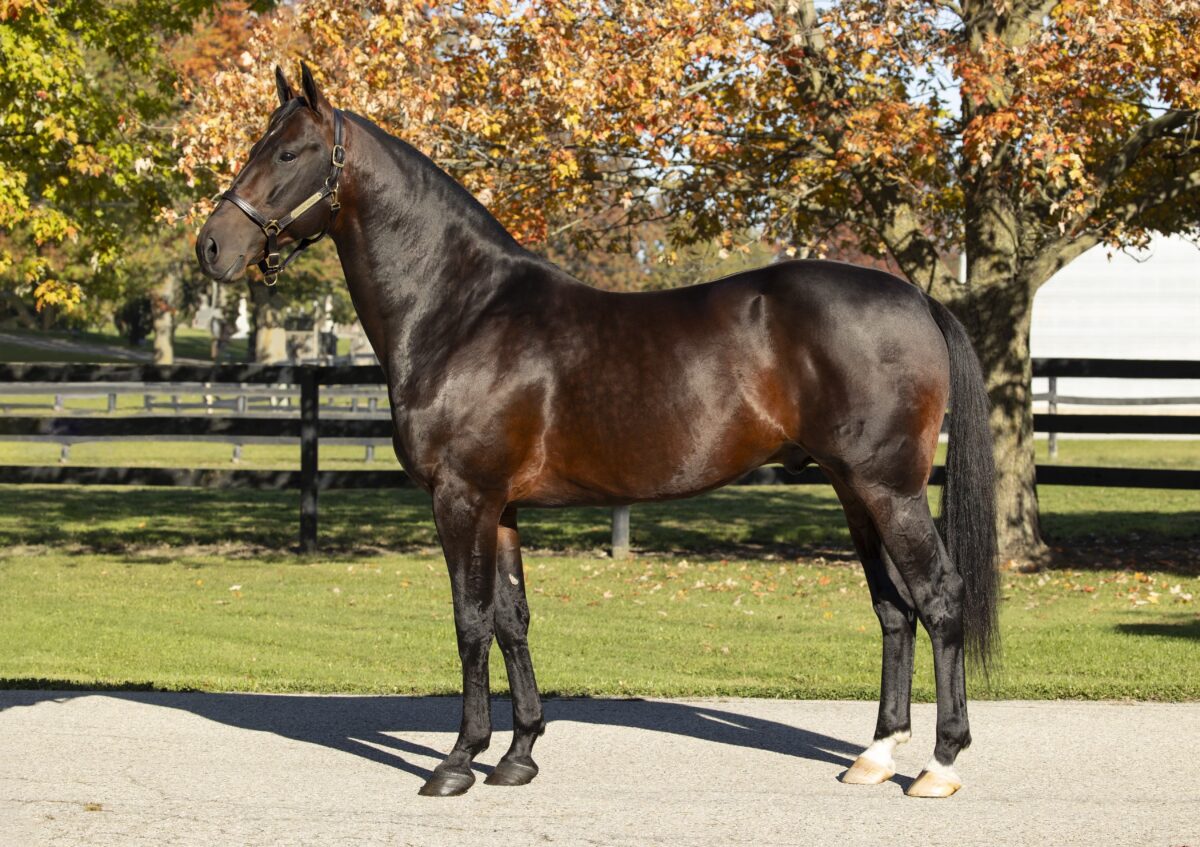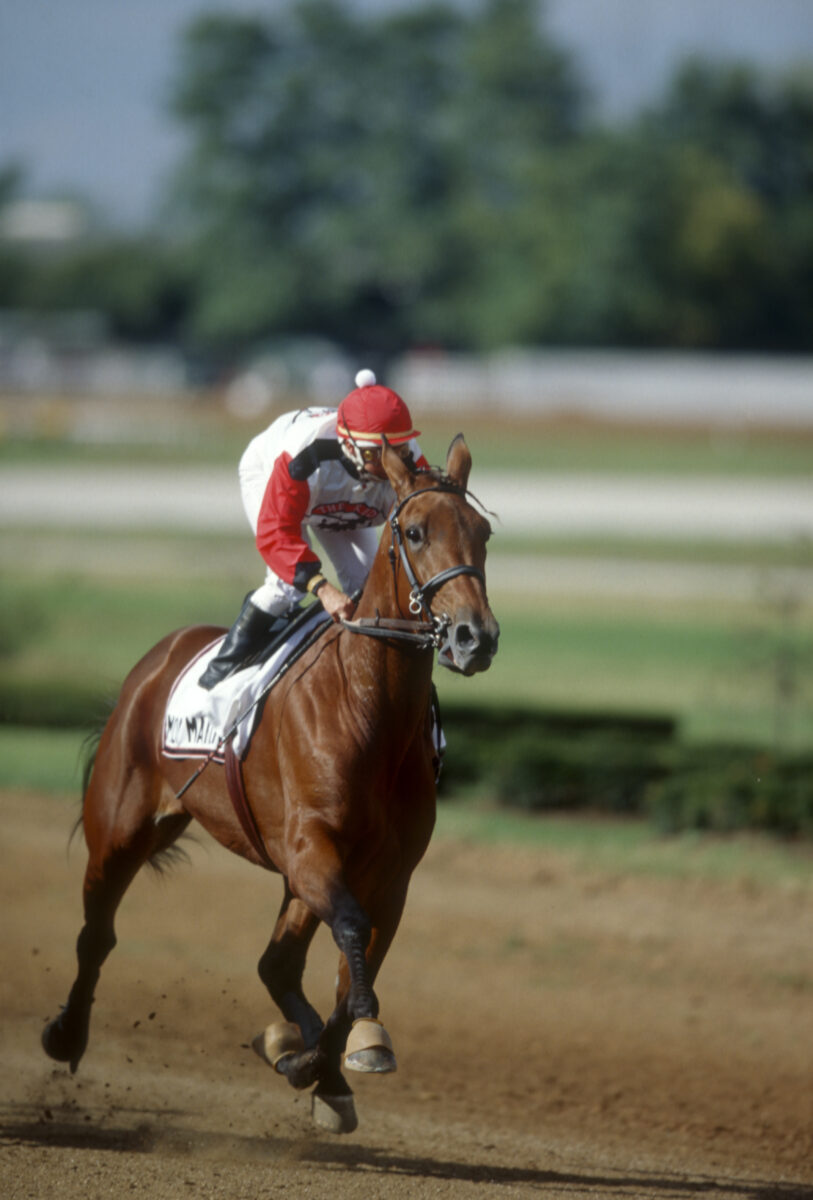Dave Landry on a Hall of Fame career in equine photography
He and his brother, jockey Rob Landry, form two of the most unique sibling duos inducted into the Canadian Horse Racing Hall of Fame.
by Murray Brown
It is rare that the Canadian Horse Racing Hall of Fame has enshrined siblings. There is Gilles and Mike Lachance, Cliff and John Chapman, plus Hervé and Yves Filion (and now Yves’ son Sylvain) on the standardbred side and John G. Sikura and Glenn Sikura on the thoroughbred side. But there are not a pair of Hall of Fame siblings quite like Rob and Dave Landry. They were enshrined for their work in entirely different areas of the business — Rob (in 2014) as a jockey and Dave, four years later, as a noted equine photographer covering both breeds.
Like his brother, Dave’s initial roots were also in the thoroughbred sport, until Dave Briggs encouraged him to join the staff of the lamented standardbred journal The Canadian Sportsman not long after Briggs started working there in 1995.
But, let’s talk about Dave Landry.
How and when did your career with horses and equine photography begin? Which was first the horses or the camera?
“Horse or the camera first? Simultaneously. My dad began taking me to the runners at Woodbine — I loved the excitement of the racing and watched Micheal Burns, Sr. photographing at the finish line, and decided to get my first camera in attempts to emulate him. I’ll never forget that first camera, a Minolta XGM that shot three-and-a-half frames per second. It seemed like the greatest thing to a 15-year-old kid. My father also took me to see harness racing at Greenwood Raceway, and although I enjoyed watching Ron Waples and Ron Feagan do their magic on the track, it never occurred to me to photograph them.
“I have always been proud of my brother’s accomplishments. He was an exceptional jockey and preceded me into the Hall of Fame in 2014. He won numerous Grade 1 events including the Queen’s Plate in 2004 with Niigon, the Alabama at Saratoga in 2009 with the Tapit filly Careless Jewel, as well as the Ricoh Mile in 1999 with Quiet Resolve at 44-1. As my brother’s career progressed, it motivated me to improve and spend more time at the track, which was easy to do as I loved being around the stables, people, and most of all the horses.”
When and how did photography become part of your being?
“In hanging around the stables and racetrack I decided I needed to improve my skills and shifted my focus towards getting a formal education that would arm me with some technical skills to accompany whatever artistic talent I might hold. My thinking was that if I was going to try and carve out a living from photography, I better be good at it.
“I graduated with a BA in photo technology from Ryerson University in 1988 and began doing corporate photography which paid very well. I then branched out to doing equine photography and won a few Sovereign Awards and things really picked up. I was lucky enough to have the world renowned Winfield’s Farm take me under their wing to do some photography work, including conformation photos of their stallions. Looking back at it, I now realize that I was a work in progress for it was at least 25 years before I felt that I was any good at these conformation shots. It’s one thing to do candid and action photography, but an entirely different beast when having to execute successful conformation photography. I have heard people say that harness racing’s greatest photographer, George Smallsreed would sometimes say that when it came to conformation shots, ‘I am a piss poor photographer.’ There are numerous criteria when it comes to taking a great conformation shot. The number one requirement is patience, lots of it, by the photographer, the horse and perhaps just as important — if not most important — the person at the end of the shank. Properly reading the horse’s body language and emitting calm body language yourself is also key.”
Have you had any teachers? Who were they? Were there any tricks of the trade that you learned from them?
“I suppose my first teacher was Michael Burns, Sr. I learned from him mostly by watching — what he did and didn’t do. It came to mind that he was a bit of a slave to the finish line and I strongly felt that many of the best images could be attained at other locations on track, as well as behind the scenes on the backstretch. The greatest conformation photographer, perhaps ever, was Tony Leonard. Tony was quite generous to me in numerous phone conversations in which he revealed some of his methods. Something I learned from Tony was to carry a tape recording with me when doing a conformation shoot. If a horse is acting lethargic, a good way to get its attention and its ears up is to play a recording of another horse nickering in the vicinity. Some horses are really smart and catch on to it being something unreal, so I found using recordings of other animals — even an elephant — would often get the job done.
“Sometimes the problem is the opposite, especially with some thoroughbreds who can be on edge and high strung. With those types I’ve tried dropping a dab or two of vodka in their mouths, not straight vodka, because they don’t like its taste, but I’ve had some success with the flavored kind which sometimes succeeds in taking the edge off and helps them relax.”
When it comes to conformation photos, which ones are you most pleased about?
“Two that come to mind are trotters that now stand at Tara Hills Farm. I thought that Green Manalishi [S] was exceptional. I don’t know whether it was that the stars were in perfect alignment the day we shot him or that he is just such a gorgeous horse. I suspect the latter. The other horse was Muscle Mass. I had been doing conformation shots of horses for over 25 years and he did what no other horse has done, either before or since. The handler took him out and he stood without the slightest movement in a perfect conformation stance — like a statue! Not only did he position himself that way, but he never moved in the slightest until I was done with him.”
You started with thoroughbreds, how did the transition to harness horses come about?
“It was when HRU editor Dave Briggs was in the same at The Canadian Sportsman. One day he called me and offered me some work in the standardbred world. I came to work with him. We’ve been together ever since, through the remaining years of The Sportsman and with Harness Racing Update since its beginning under Dave. Poor Dave had to psychologically manage me at times, but always knew when it was safe to turn me loose by granting me free reign on image decisions.”
You mentioned to me that not only do you do photography for HRU, but that you are also involved in its production.
“I’ve been winding down on some of my photography work. I don’t do nearly as much as I used to. Briggs asked me if I wanted to help with putting the magazine together and I said I’d give it a try. Why not? I’ve done it for a while now. It can be somewhat challenging because of the terrible hours, but I really enjoy the work. There have been days where I don’t get to bed until 4 a.m. or even later.”
Tell us about some of the favorite horses you have photographed?
“I suppose my all-time favorite would be Moni Maker. I was there when she went her world record time trial at Lexington with Julie Krone. That was a magical day. I was also there in her last start at the Hippodrome de Montreal where I took one of my best and favorite images of my career. It shows her groom leading her away with a fist bump in the air. Alongside her are Jimmy Takter and Wally Hennessey with their arms around each other. More recently I did a conformation shoot of the great Bulldog Hanover at Seelster Farms which is likely to be out soon.”
How about horsemen? Which one impressed you the most?
“Without a doubt that would be Jimmy Takter. What he doesn’t know about horses probably isn’t worth knowing. In my opinion he is the greatest horse trainer and horseman I have ever encountered of either breed.
“I would give honorable mentions to both John Campbell and Sandy Hawley — both at the top of my list, especially when they were in their primes — but, also, as a bonus, they are both extremely nice individuals.”
You were enshrined in the Canadian Horse Racing Hall of Fame in 2018. Tell us about it.
“The Canadian Sportsman magazine is largely responsible for me being in the Hall of Fame. With few restraints they let me do my thing. I owe a lot to Dave Briggs and Gary Foerster. I won a good number of awards for my photography, including seven Sovereign awards and an Eclipse, yet my induction into the Canadian Horse Racing Hall of Fame is the greatest honor I have ever received. I’m especially grateful that both of our parents were there to see both Rob and I receive this great honor. In reflection I am also very pleased with the speech I made that evening. Thank you so much harness racing.”





















